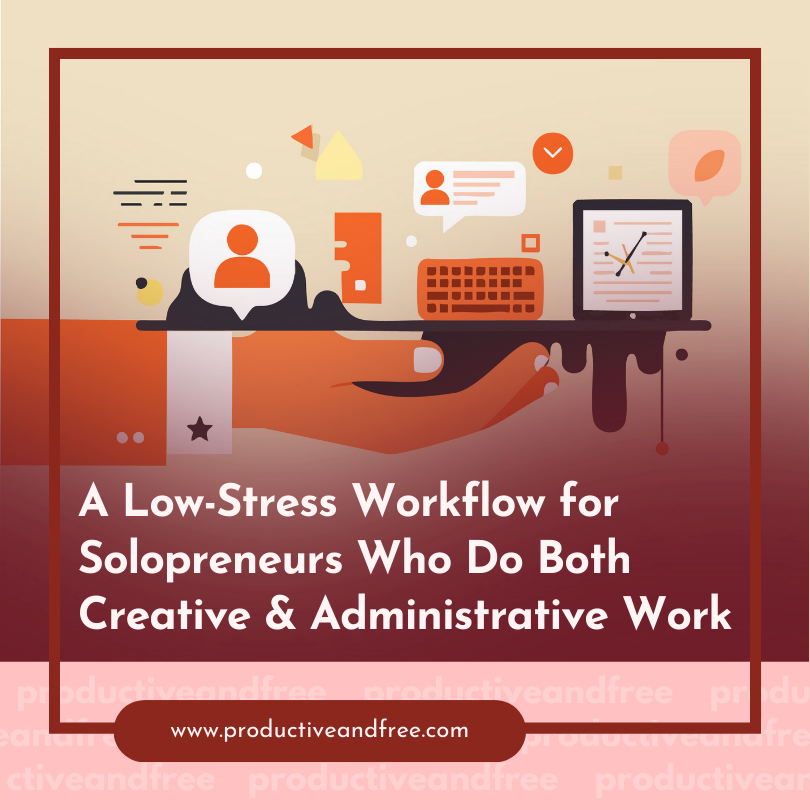A Low-Stress Workflow for Solopreneurs Who Do Both Creative and Administrative Work
As a solopreneur, you wear all hats in your business; sometimes you create, write, or are producing something amazing, and the next minute you are buried in bills, scheduling, and email chains; this is rewarding but just as exhausting. The key is not doing less but creating a rhythm in your daily routine that allows you to preserve your energy and creativity.
Do Not Respect the Clock – Respect Your Energy
Eliminate the strict 9 to 5 model. Solopreneurs are about being in the zone (flow) and not forcing themselves to be there. Begin by plotting your natural energy curve. What are your most productive times of day? When will your brain require structure and organization?
Protect your most creative periods of the day. After your creative period has ended, you can then perform your administrative and structured tasks (such as reviewing receipts, analyzing data, or replying to customers). When you schedule your day based upon your biological needs, you create momentum, rather than constantly working against yourself.
Identify and Separate Your "Maker" and "Manager" Modes
You cannot design a logo and calculate taxes at the same time; your brain will become confused, disorganized, and ultimately will hinder your performance in both areas. Designate specific days or parts of days to separate your Maker and Manager modes.
"Mondays are for Making, Fridays are for Managing." You do not have to be rigid, simply intentional. Once your mind knows what is coming, it will resist less. You may be surprised at how calm you feel during your week once you have provided a designated space for each mode of operation.
Use Automation for Repetitive Administrative Work
There is nothing more draining of your creative energy than performing repetitive administrative work. Fortunately, many of these administrative duties can operate independently. Use invoicing tools that remind customers, use content scheduling tools that publish on your behalf, and use file management tools that categorize files without your intervention.
For example, if you are involved in a print design business, you no longer need to physically upload your designs into your system every time you want to produce another item. There are platforms that allow you to directly upload your DTF gang sheets to save you hours of time that can be used for developing creative ideas. No matter how minor, every form of automation frees up time and reduces your mental exhaustion.
Develop Transition Rituals
Moving from one creative flow to another task, whether it is a spreadsheet or other non-creative activity, is like going from warm water to cold. Develop short transitional rituals before and after you transition between activities. Go for a walk. Listen to music. Have a cup of coffee. Take two minutes to breathe. These pauses are not lost time; they are a mental cleansing mechanism. This will help you enter your next activity with renewed enthusiasm and focus, rather than resentment.
Define Success Based Upon Satisfaction, Not Quantity
Many solopreneurs measure their productivity by using metrics based on large teams. However, you are neither a factory nor are you operating solely as a manufacturer. You are a dual role – artist and operator. Success is defined by satisfaction, not quantity.
When you evaluate your week at the end of it, look for peace of mind, not a longer to-do list. That is the essence of a stress-free workflow – protecting the area where your creativity and structure coexist without consuming your energy. When your workflow becomes easier to manage, your work will also reflect that.
Share in the comments below: Questions go here
































